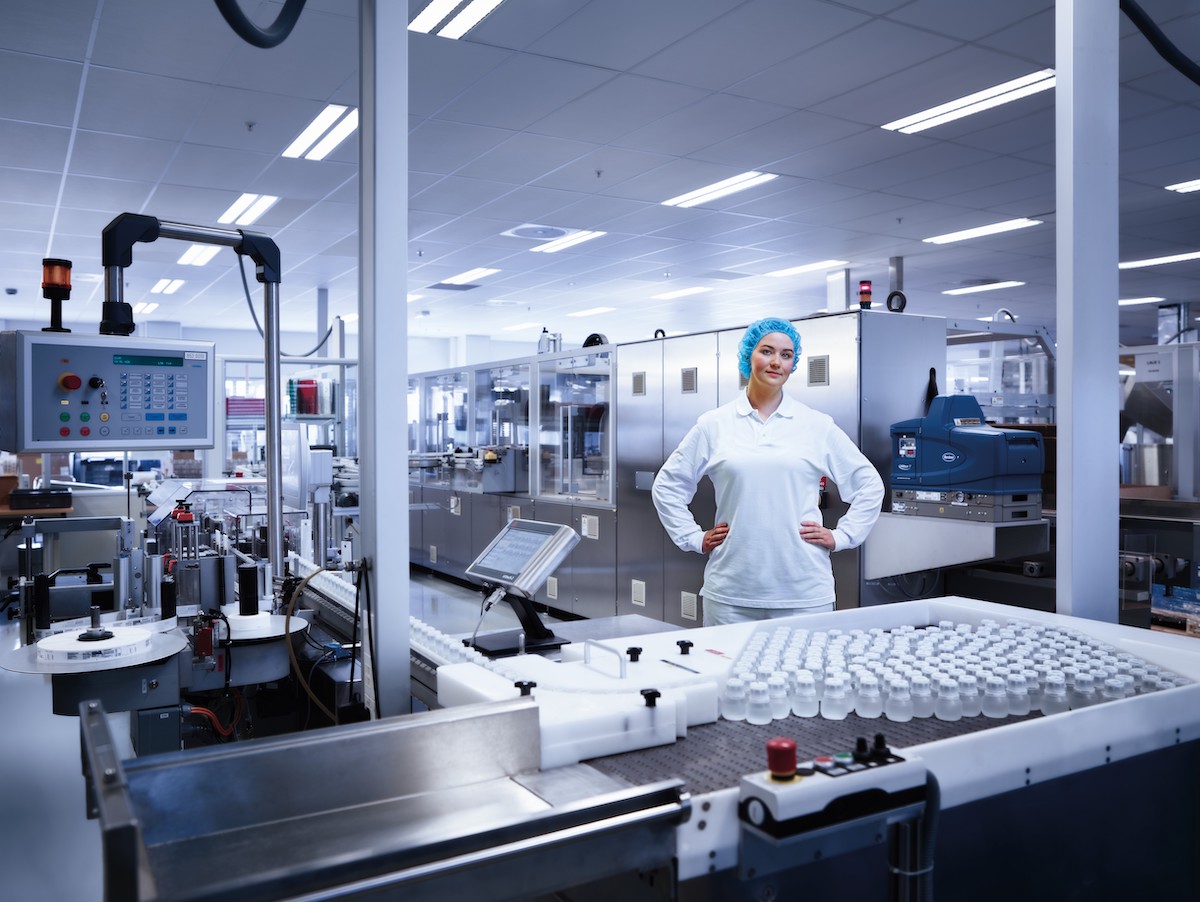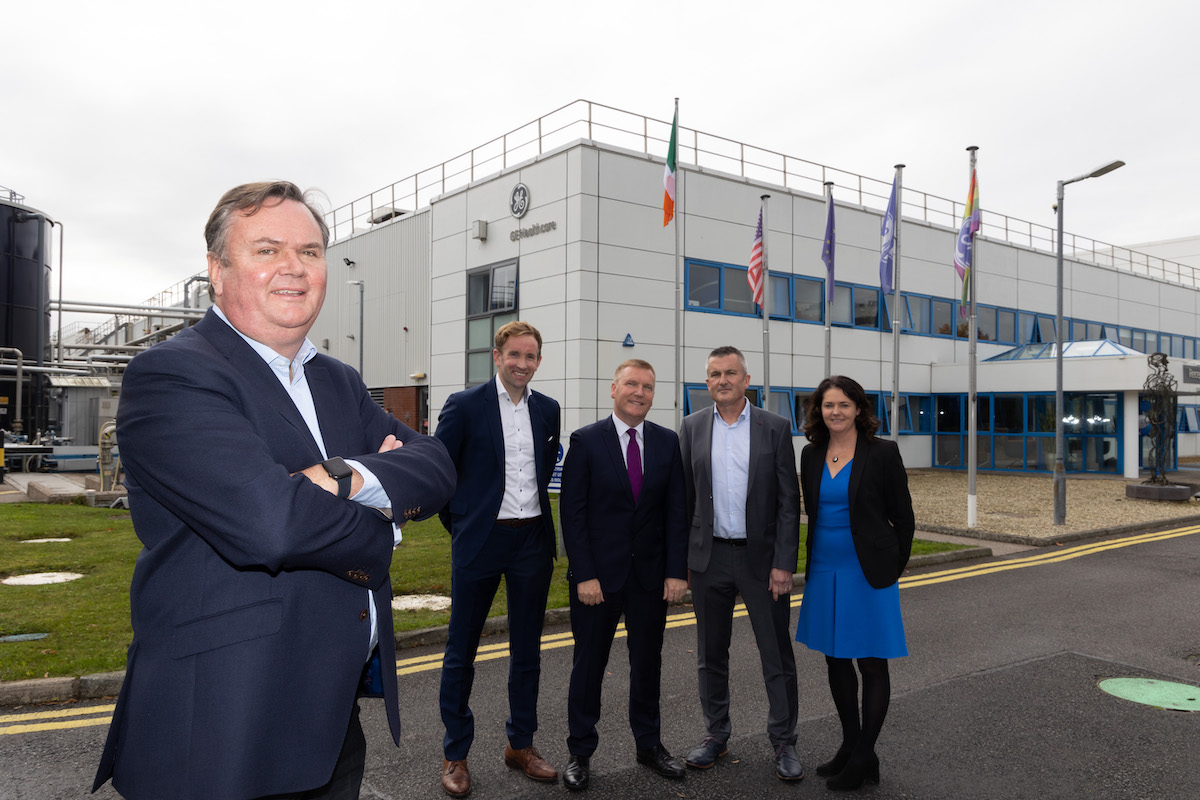By Kevin O’Neill, President & CEO, GE Healthcare Pharmaceutical Diagnostics
The key role of iodinated contrast media, used daily around the world in X-ray and computed tomography (CT) imaging was brought into sharp focus during the 2022 supply shortage following a COVID-19 lockdown in Shanghai.
Iodinated contrast media is a pharmaceutical that’s injected into patients before an X-ray examination or CT scan to better visualize patients’ organs, blood vessels, and tissues, playing a key role in diagnosis across major disease pathways, including cancer and heart disease. GE Healthcare’s contrast media are used worldwide to support three patient procedures every second.
Supply is now returning to normal, but the situation was unprecedented and challenging and required an industry-wide response. Our global footprint helped ensure we could react with speed. Actions we took to mitigate the impact included increasing production from our other global plants, using air freight where we could instead of transporting our products by sea, and focusing on fewer product variations to cater to more patients. Still, the result was a shock to the healthcare system, with the sudden scarcity of an injectable pharmaceutical that had been readily available for decades and with healthcare providers having to prioritize patient procedures and adjust some of their normal protocols as a result.
Our learnings from the shortage shine a light on the need for long-term availability of these essential imaging agents. And there is a bigger issue at play.
Kevin O'Neill (left) outside the GE Healthcare Cork, Ireland facility.
We expect global demand for iodinated contrast media — the diagnostic pharmaceuticals impacted by the Shanghai lockdown — to double in the next 10 years as the growing global prevalence of chronic disorders drives significant growth in CT procedures.
CT has transformed diagnostic imaging since its inception in the late 1960s. In the U.S. alone, more than 80 million CT scans are now performed annually, compared with just 3 million in 1980.[i] While CT technology has evolved over time, enabling less contrast dose injected per patient, the increase in CT scans and enhanced procedures has seen the contrast media market increase by 250% from 2010 to 2018. The continued availability of iodinated contrast media is crucial to support this increasing global demand for CT scans. Yet demand for contrast media outstrips supply, and the gap between the two is set to widen further.
Unless manufacturers, providers, and the whole industry work together, the impact of contrast media shortages could be far greater and wider-ranging than anything we’ve seen with the 2022 supply shortage.
So what can be done? First, contrast media suppliers need to step up and expand capacity to deliver more doses year after year. At GE Healthcare, we understand our responsibility. We’ve already invested almost $400 million in the past 10 years to increase capacity across our global manufacturing network. In just the past couple of months, we opened a new $30 million production line in our Cork, Ireland, facility to grow capacity there by 50%, announced an $80 million expansion of our active pharmaceutical ingredient (API) site in Lindesnes, Norway, and signed a multi-year agreement with a leading iodine supplier to secure increasing volumes of iodine raw material. All of this will enable us to produce 30 million more patient doses annually by 2025.
GE Healthcare Pharmaceutical Diagnostics' Active Pharmaceutical Ingredients (API) facility in Lindesnes, Norway.
But it’s not just about capacity. We’re investing across the whole of the contrast media life cycle, from what we call “extraction to injection” — from securing reliable supplies of more iodine raw material to investing in our manufacturing plants, and right through to offering services and innovations at the point of injection to help reduce the contrast dose delivered to each patient, reduce volumes of unused leftovers, and even.
Healthcare providers are also taking action. During the height of the contrast media shortage, many shared best practices for using less dose per patient, making every vial of contrast media count and reducing leftovers as much as possible. Increasingly, clinicians are adopting new protocols in areas like AI, weight-based dosing, and multi-dose packaging to help optimize contrast usage. As time passed, industry commentary turned to resiliency and increasing hospital and wholesaler inventory, not just of contrast media but also the ancillary components needed for contrast administration.
As it revolutionized healthcare, CT also vastly increased demand for contrast media. The 2022 shortage was unprecedented — but it has accelerated a necessary shift in thinking about how we protect and conserve contrast media. We need to work together to develop industry-wide approaches if we are to grow, secure, and protect the future supply of these essential imaging agents.
REFERENCES
[i] Harvard Medical School, “Radiation Risk From Medical Imaging,” Harvard Health Publishing, September 30, 2021, https://www.health.harvard.edu/cancer/radiation-risk-from-medical-imaging#:~:text=Over%2080%20million%20CT%20scans,just%20three%20million%20in%201980.




